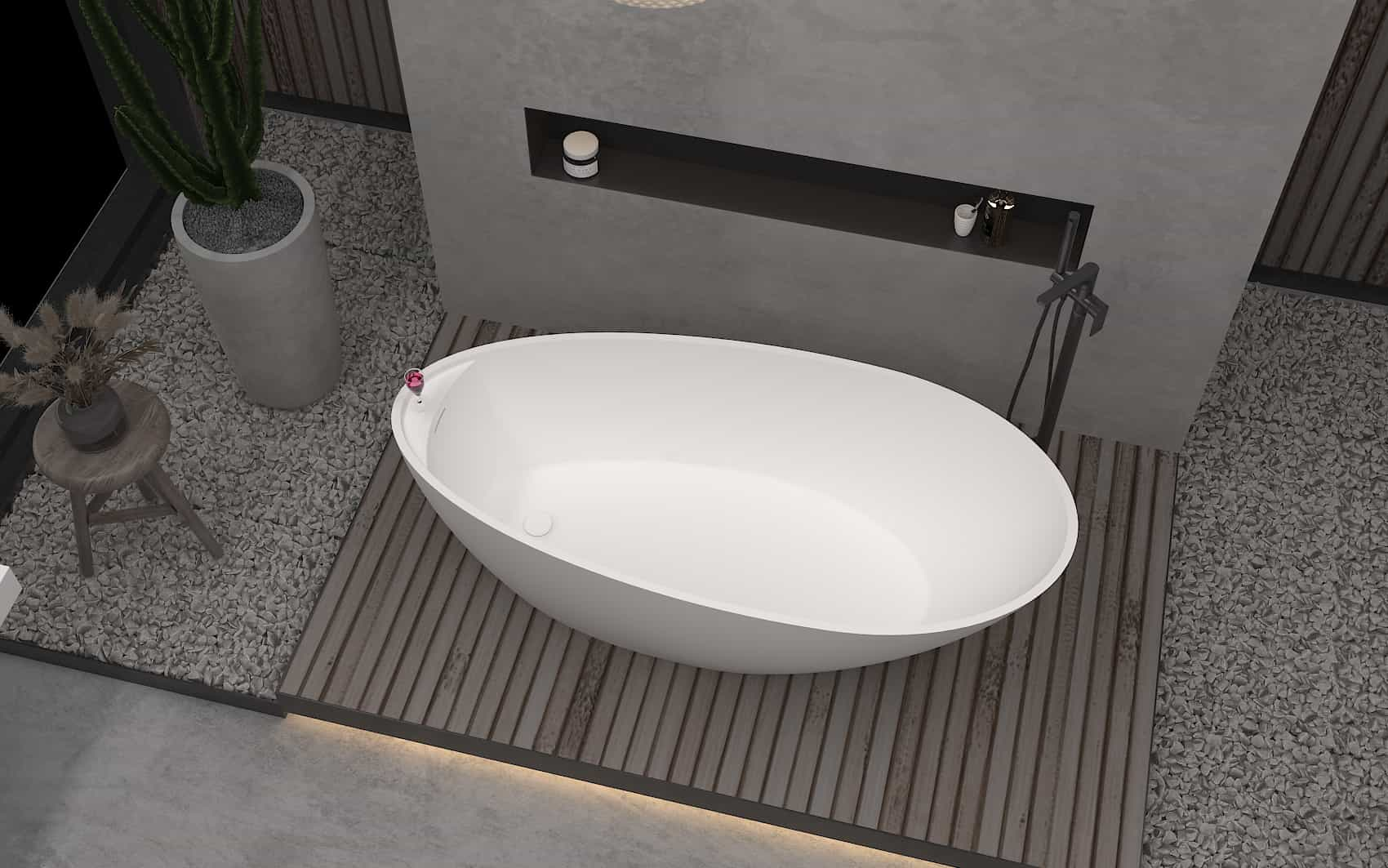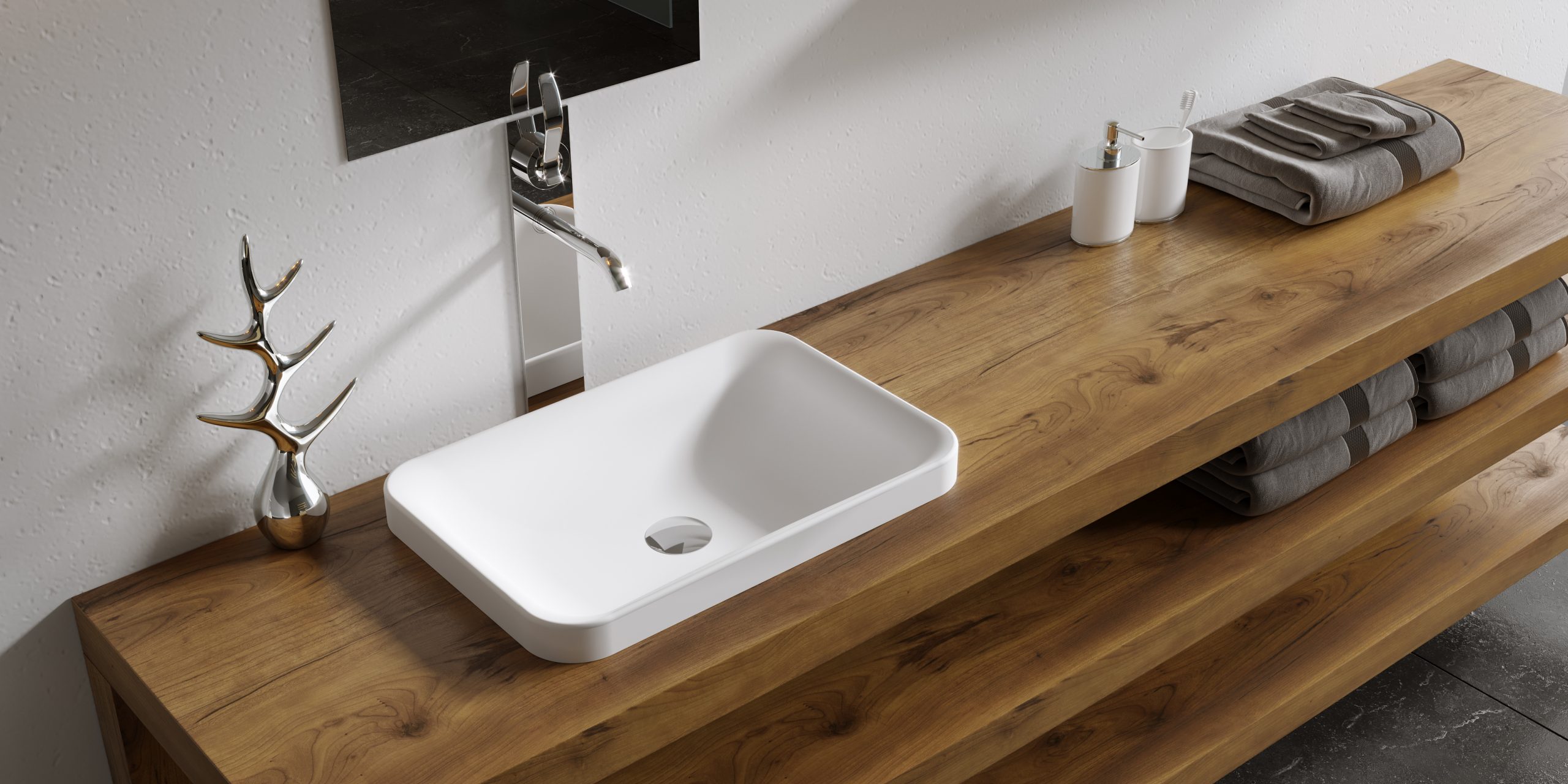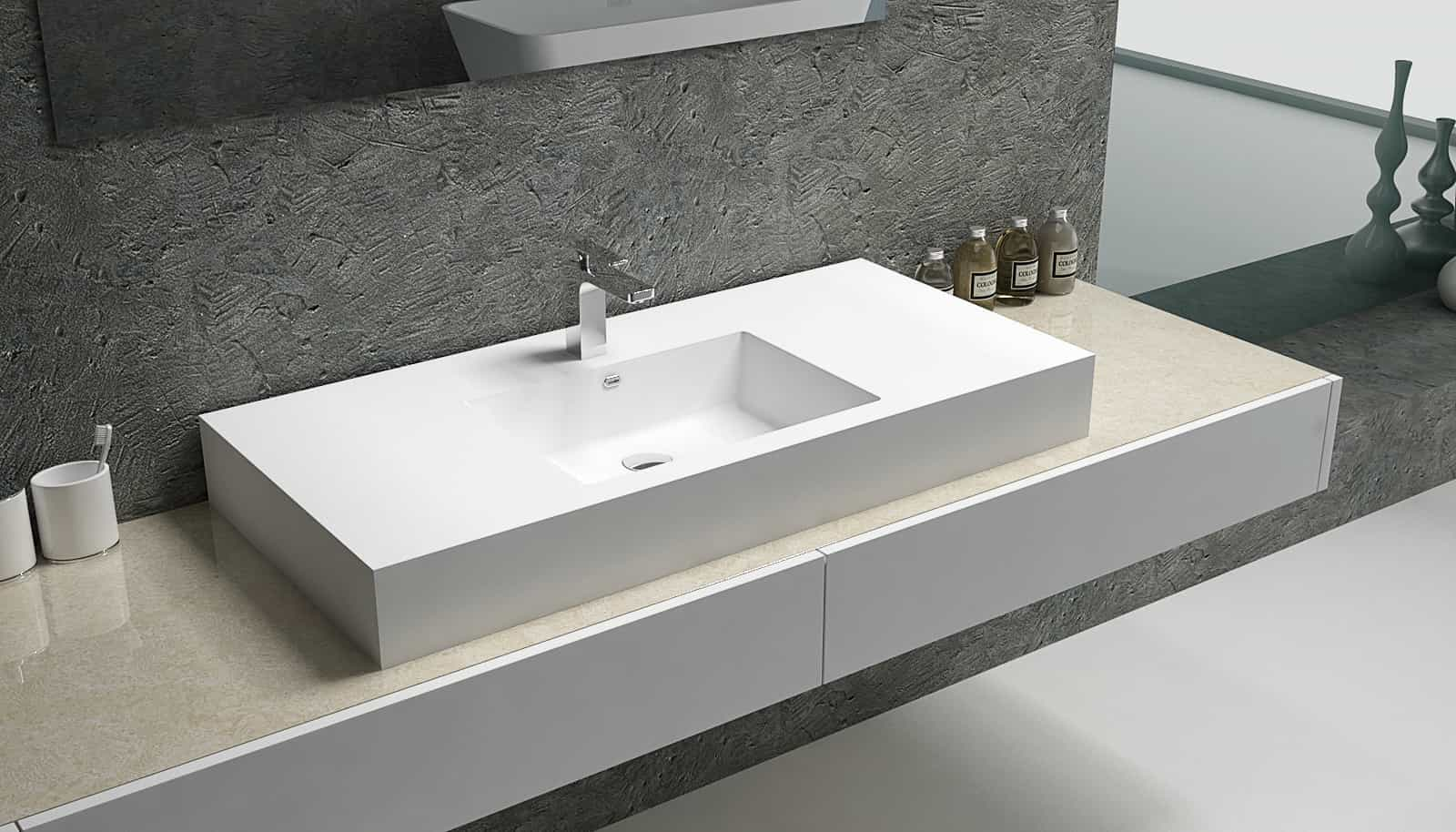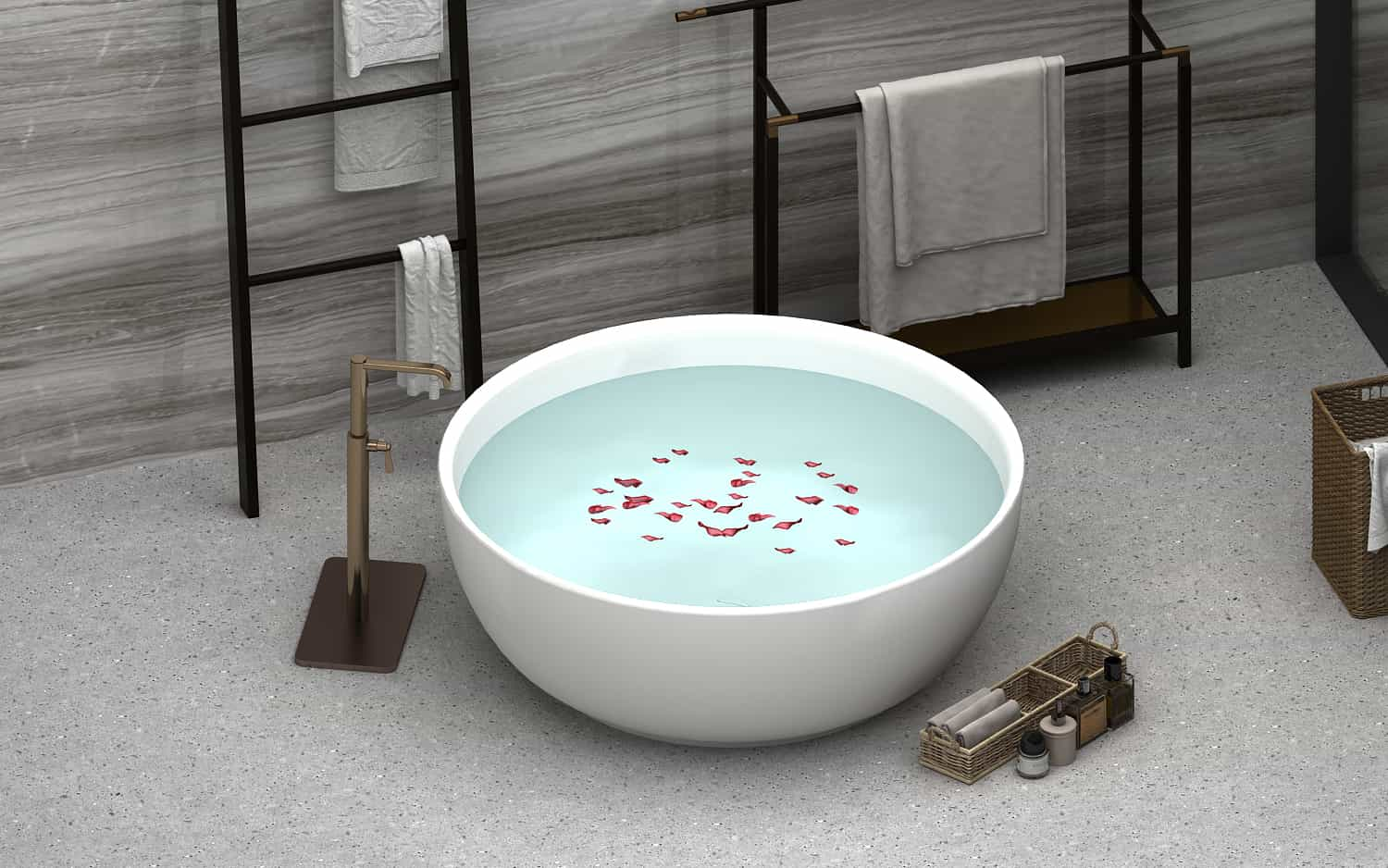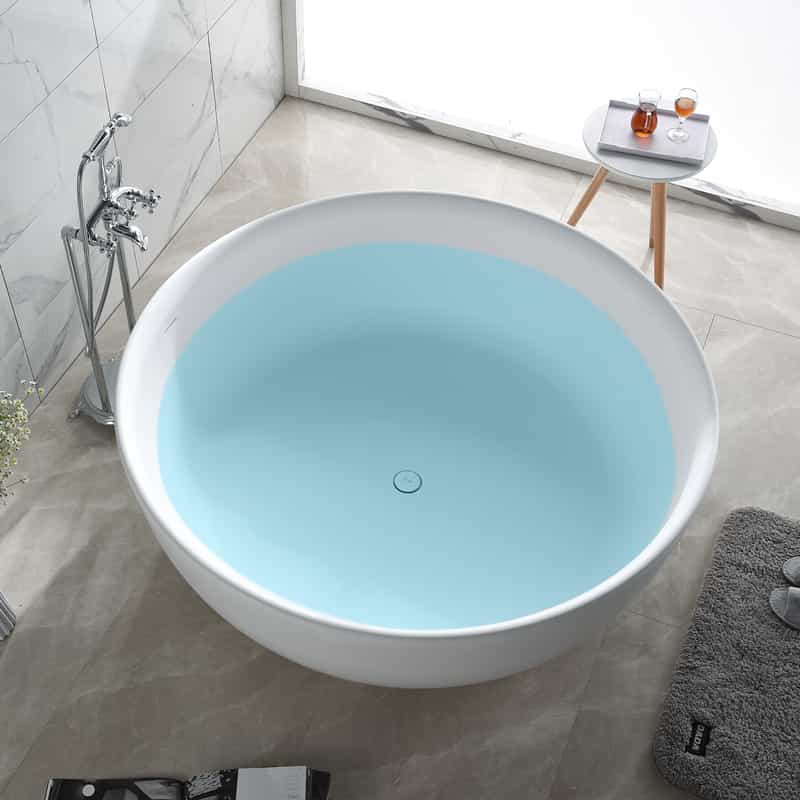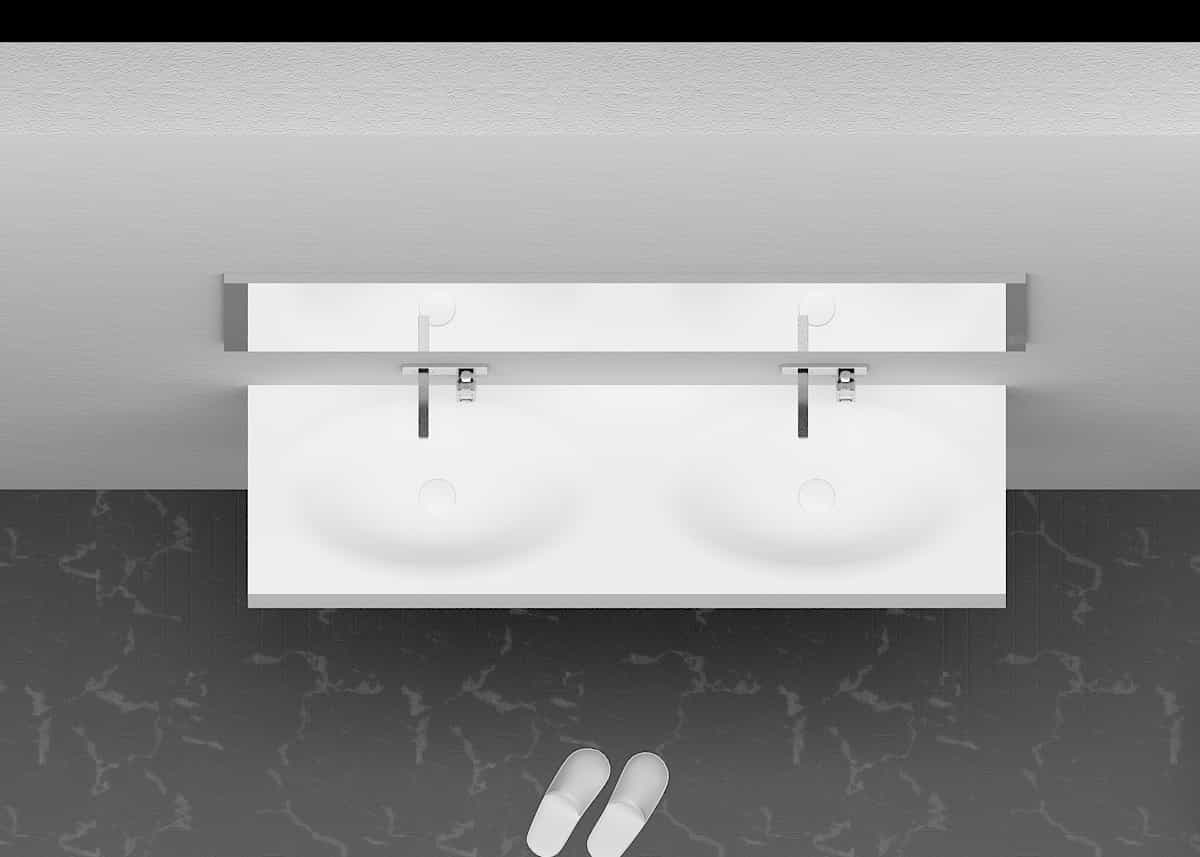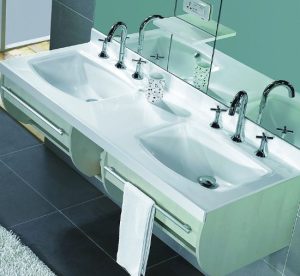
The increasing scarcity of water resources has made “water conservation” the key to the sustainable development of society in the future. With the imminent implementation of the tiered water price system for urban residents, water conservation is not only related to social development, but also closely related to the vital interests of consumers. The leading brand of fashionable sanitary ware, Faenza Sanitary Ware, believes that among the various functional spaces of the home, the bathroom is the place with the most water facilities, the highest frequency of water use, and the largest water consumption, accounting for 60% to 70% of household water use. Water-based bathroom products are urgently needed.
Generally speaking, washing your face, bathing, and flushing the toilet constitute the three major water flows in the bathroom. According to a survey, flush toilets are the largest expenditure on household water consumption, accounting for more than 40% of the total household water consumption, followed by faucets and showers. Faucets that cannot reasonably control the flow are also an important “culprit” of wasting water resources. The fashion sanitary ware brand Faenza Sanitary Ware suggests that realizing water saving in home life not only requires the development of good water-saving habits, but also purchasing a good water-saving sanitary ware product can also make water saving easier.
Faucets need flow control
There are faucets in the bathroom, but generally the faucets are of the lever type, which cannot control the flow reasonably, which often leads to waste. Faenza Sanitary Ware suggests that consumers can choose to install a flow control valve or a flow stabilizer under the faucet, which can not only achieve water saving effects, but also ensure the flushing power and comfort of the water flow.
Water-saving toilet is not the more water-saving the better
Water-saving toilets have been a hot spot that has been emphasized in recent years. More and more bathroom companies have begun to actively develop water-saving toilets. The wide variety of water-saving toilets on the market also makes consumers dizzy. Faenza Sanitary Ware reminds that according to the common technology in the industry, the water consumption of the most suitable water-saving toilet should be between 4.5-6 liters. If the food is rinsed clean, it needs to be rinsed again, which will cause a waste of water resources.
Choice of shower and bathtub
Generally speaking, the shower room is more water-saving than the bathtub, but the shower in the shower room still has a lot of room for water-saving improvement. At present, some showers on the market use air/water flow mixing technology, which mixes air and water flow in different proportions to generate water flow mixed with countless bubbles, and is equipped with a thermostatic faucet to adjust the balance of cold and hot water and keep the water temperature constant. The shower head with the same design saves nearly 10% of water than the ordinary shower head. If you choose to use a bathtub, try to buy some ergonomically designed bathtubs. During use, it will not cause a lot of water loss and can save a lot of water.
As the saying goes, “If a worker wants to do a good job, he must first sharpen his tools.” A good bathroom product can definitely make your “water saving plan” more effective. The fashion sanitary ware brand Faenza Sanitary Ware reminds that although the effect of water-saving sanitary products is good, they are only tools and means after all. If you want to truly realize water-saving, the most important thing is to develop good water-saving habits.
In our daily home life, among the various functional spaces of the home, the bathroom is the place with the most water facilities, the highest frequency of water use, and the largest water consumption, accounting for 60% to 70% of domestic water use. Faenza Sanitary Ware, a leading brand of fashionable sanitary ware, said that washing face, bathing and flushing the toilet constitute the three major water flows in the bathroom, so it is urgent to purchase water-saving sanitary products.
The bathroom is undoubtedly the largest consumption point of water resources. Statistics show that in ordinary households, the water consumption in the bathroom can account for more than 70% of the total water consumption in the household. It can be seen that the bathroom has become a key position for water conservation.
Among the various functional spaces of the home, the bathroom is the place with the most water facilities, the highest frequency of water use, and the largest water consumption. Toilet water consumption has accounted for 60% to 70% of household water. Washing your face, taking a bath, and flushing the toilet constitute the three major water flows in the bathroom. According to a survey, the water resources wasted by toilets every year has become the most important part of wasting water resources in cities. Flush toilets are the largest household water spend, accounting for 40% of total household water consumption.
In order to guide residents to save water and promote the sustainable use of water resources, recently, the National Development and Reform Commission and the Ministry of Housing and Urban-Rural Development issued the “Guiding Opinions on Accelerating the Establishment and Improvement of the Urban Residential Water Tiered Price System”, deploying the full implementation of the urban residents’ stepped water price system. The “Opinions” clearly pointed out that before the end of 2015, cities with municipalities across the country should fully implement tiered water prices for residents.
Judging from the current situation, water resources will become more and more scarce, so the price of water will only rise but not fall. Therefore, there are only two solutions, either to reduce household water consumption, or to choose more water-saving products. The water consumption of toilets accounts for 60% to 70% of domestic water consumption. Washing your face, bathing, and flushing toilets constitute the three major water flows in toilets. Therefore, it is urgent to purchase water-saving sanitary products.







